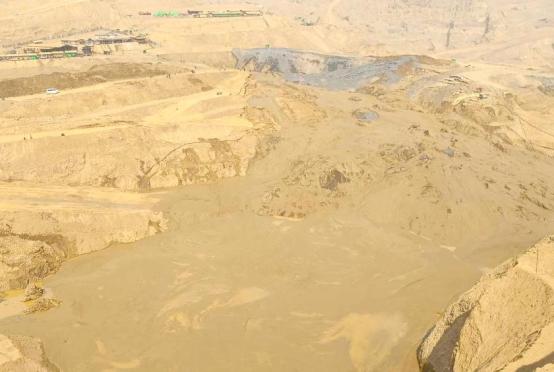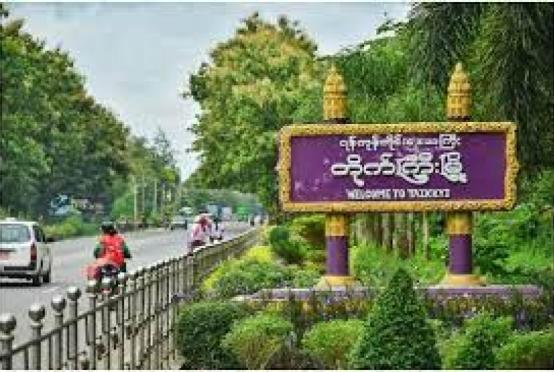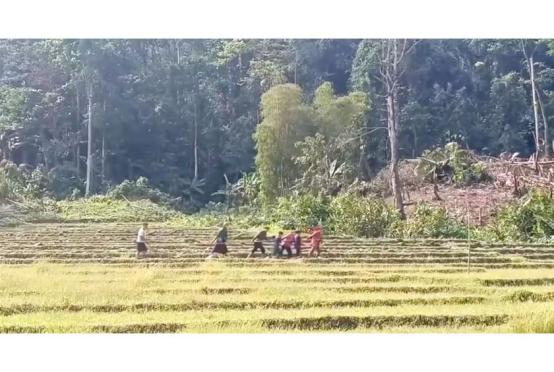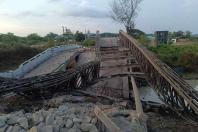Japan News/The Yomiuri Shimbun/ANN - The transport ministry plans to set up priority lanes for self-driving vehicles on some sections of expressways and other general roads, The Yomiuri Shimbun has learned.
Establishing such sections is aimed at preventing accidents and achieving smoother operation of automated driving by separating its lanes from those of ordinary vehicles. The Land, Infrastructure, Transport and Tourism Ministry plans to submit a bill to revise relevant laws to next year’s ordinary Diet session at the earliest.
Expanding to 3 lanes
The first such lane on an expressway is expected to be set up on a section in Shizuoka Prefecture of the Shin-Tomei Expressway. The section will gradually be widened to three lanes each way in fiscal 2020 or later. The overtaking lane on the right side will be converted to a lane only for autonomous vehicles.
The ministry will hold discussions with the National Police Agency, among other authorities, to decide the details of the system, including how to use the lane amid traffic congestion.
Since January last year, an experiment has been underway on the Shin-Tomei Expressway to have up to three trucks drive in formation while automatically keeping a constant distance between them. This experiment has shown that ordinary cars coming from interchanges cannot merge smoothly into traffic because the trucks are driving in the leftmost lane, highlighting the need to set up a priority lane for self-driving vehicles.
The bill to revise the related legislation is expected to include provisions for setting up exclusive access roads to expressways and burying under roads electric wires that guide self-driving vehicles.
The government set a goal to put “Level 3 (see below)” into practical use as early as 2020, mainly on expressways where technical hurdles are relatively low chiefly because there are no traffic lights.
Due to labor shortages, there is expected to be more distribution via trucks driving in formation, prompting the ministry to increase the number of priority lanes on mutlilane highways that serve as main arteries.
On ordinary roads, the ministry plans to set up special sections where only self-driving cars can operate, mainly in sparsely populated areas with little traffic. Roads with such sections must not have houses or shops along the street, but there must be a detour for ordinary cars to pass through. The ministry will discuss with the NPA ways to warn drivers of ordinary cars not to enter such sections.
Autonomous driving technology is still in the developmental stage, so there have been cases in which the system mistakenly identifies oncoming vehicles or cars parked on the road as obstacles, causing such problems as self-driving vehicles becoming stuck on the spot.
At the end of August, a golf cart-type self-driving vehicle lightly collided with an ordinary car in Toyota, Aichi Prefecture. The ministry believes that the establishment of priority lanes and sections will help prevent such accidents.
In this year’s ordinary Diet session, the revised Road Transport Vehicle Law, which stipulates safety standards for cameras and radars mounted on vehicles, was passed. The establishment of a legal framework necessary for the practical application of automated driving is gradually moving forward.
Level 3
The international standard for automated driving has six levels, from Level 0 in which the driver performs all operations to Level 5 in which the self-driving system handles everything. Under Level 3, the self-driving system will operate instead of the driver under certain conditions, such as on expressways.
















